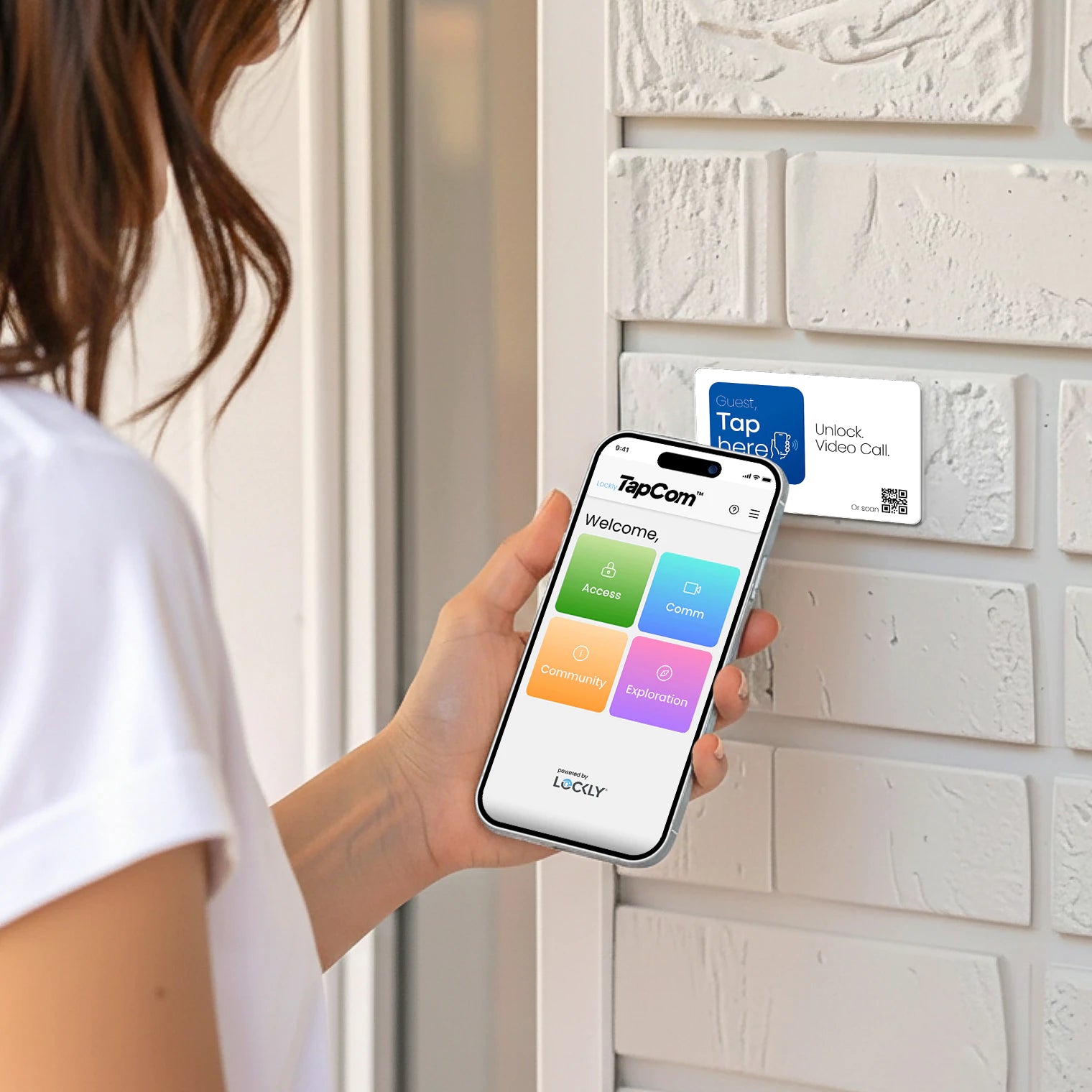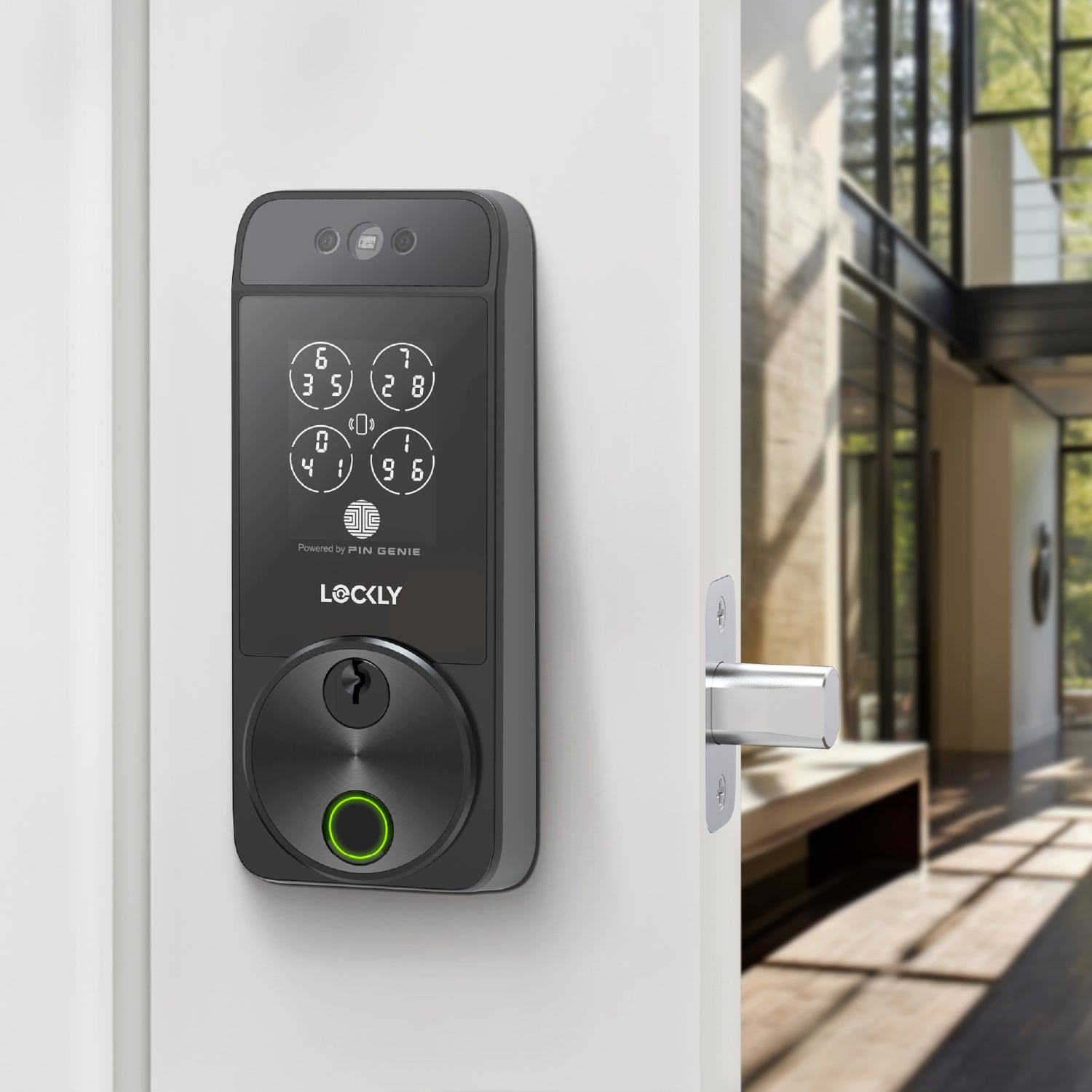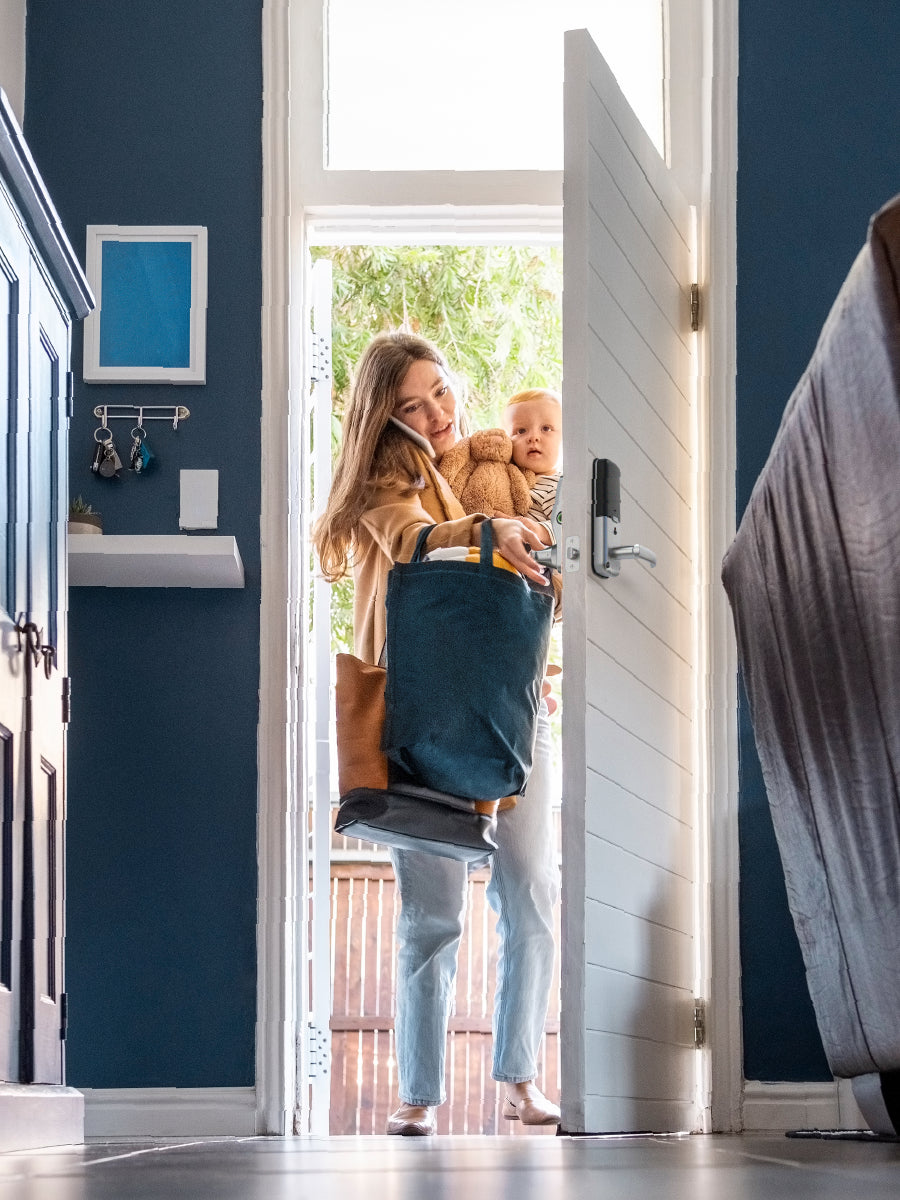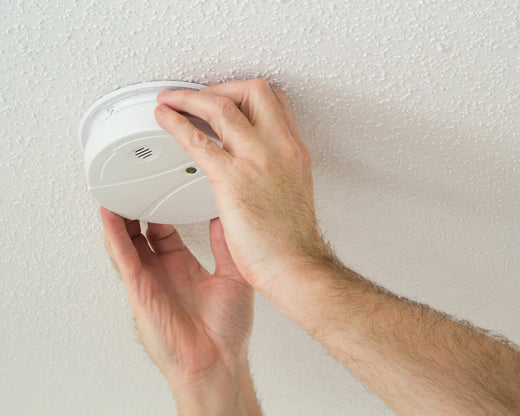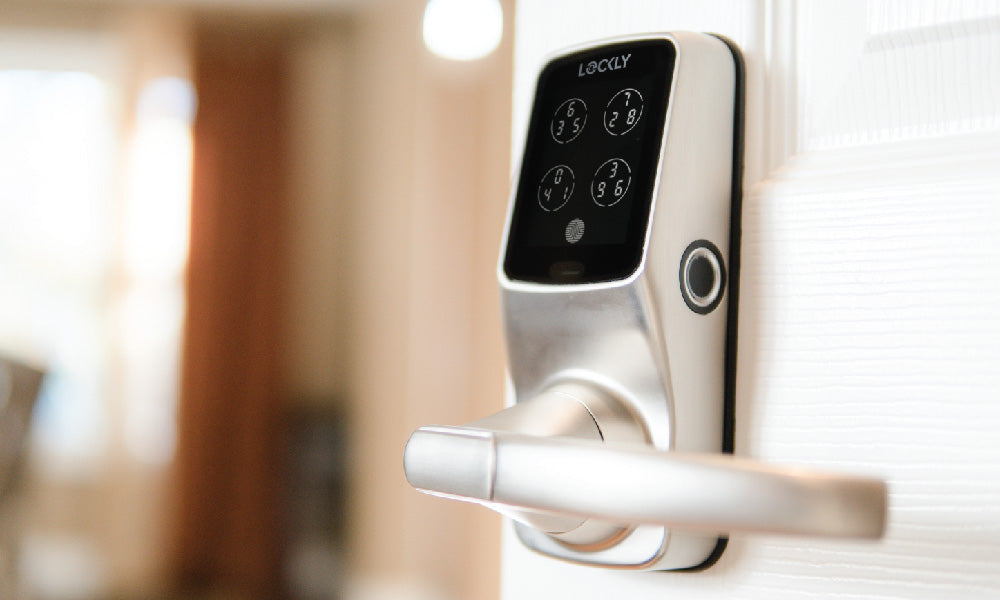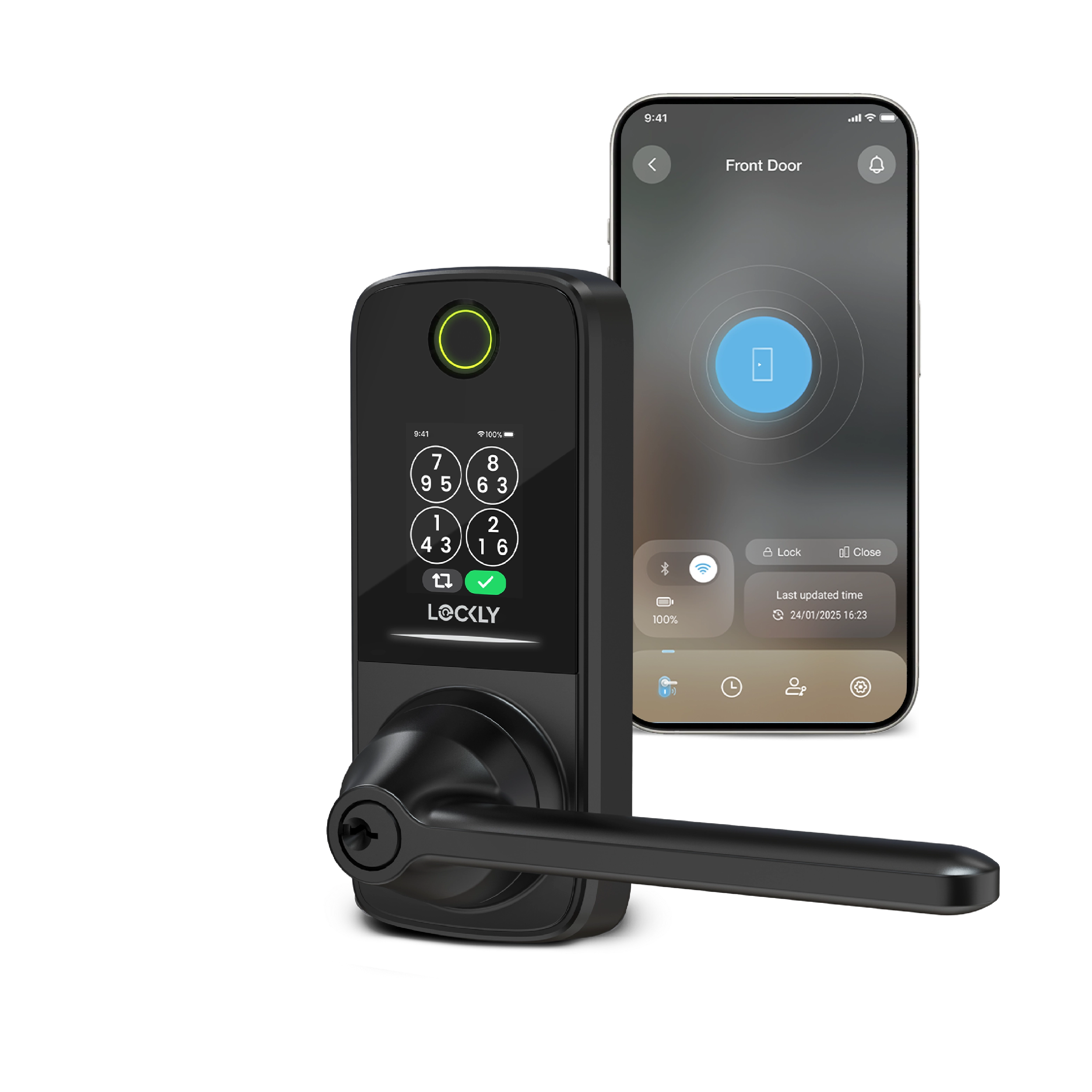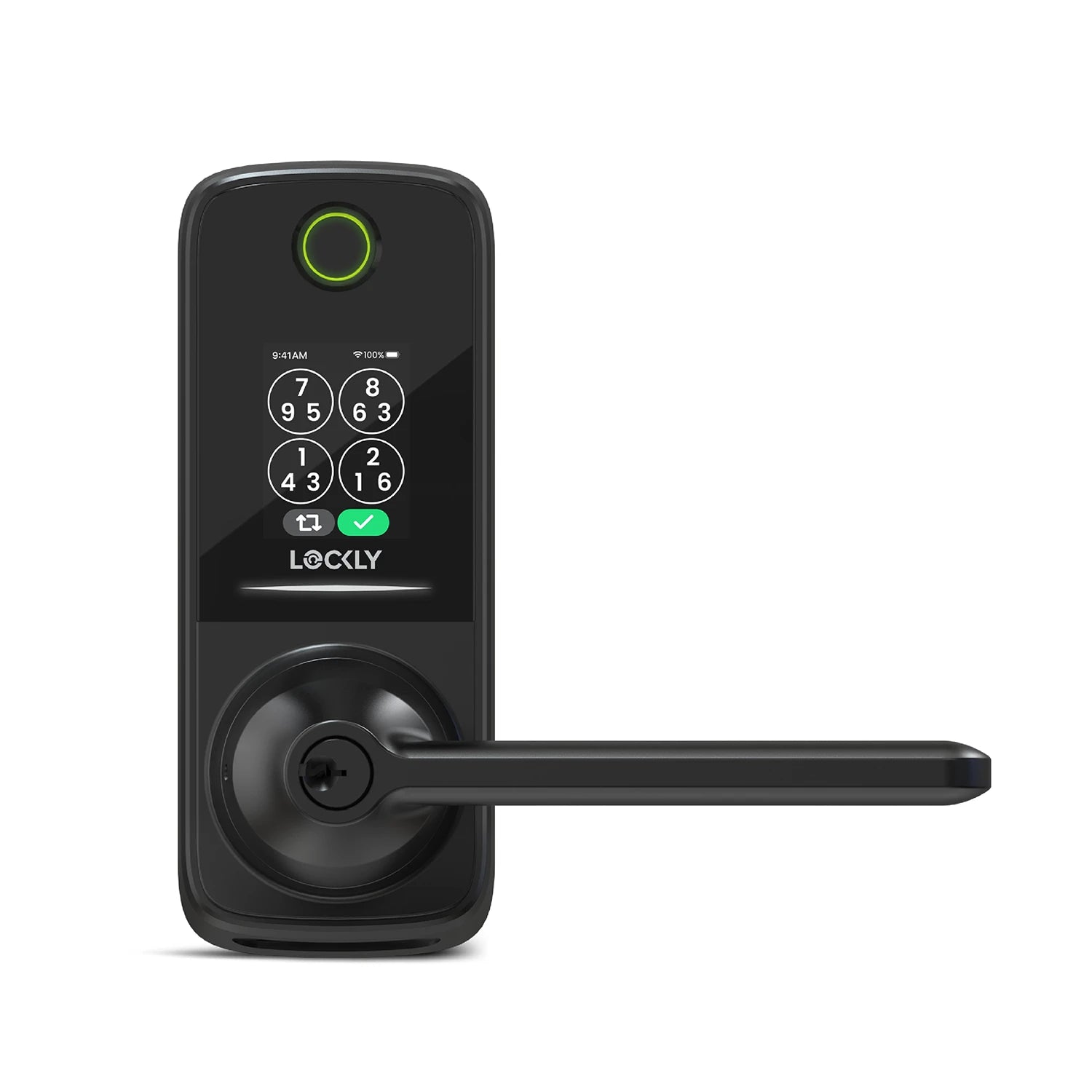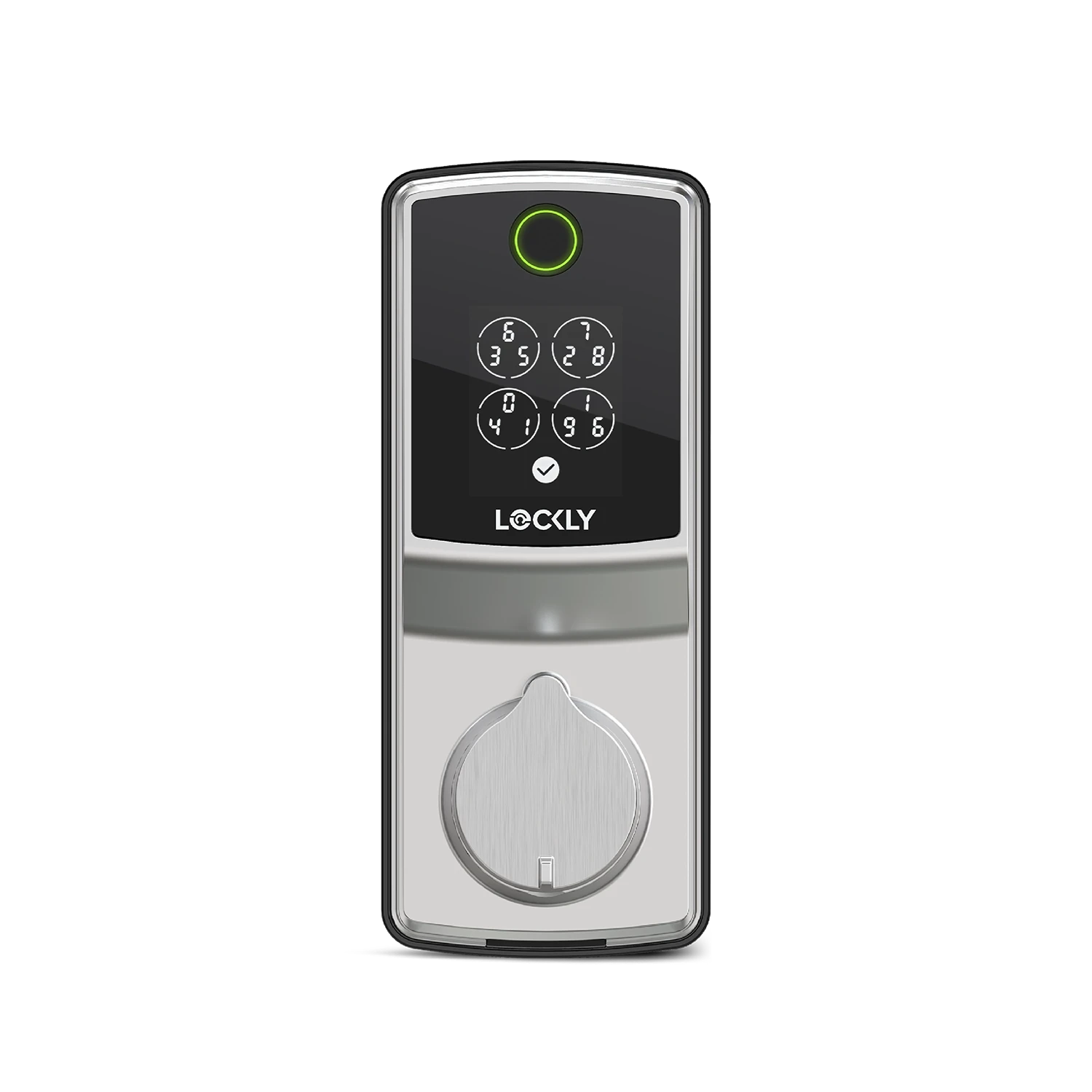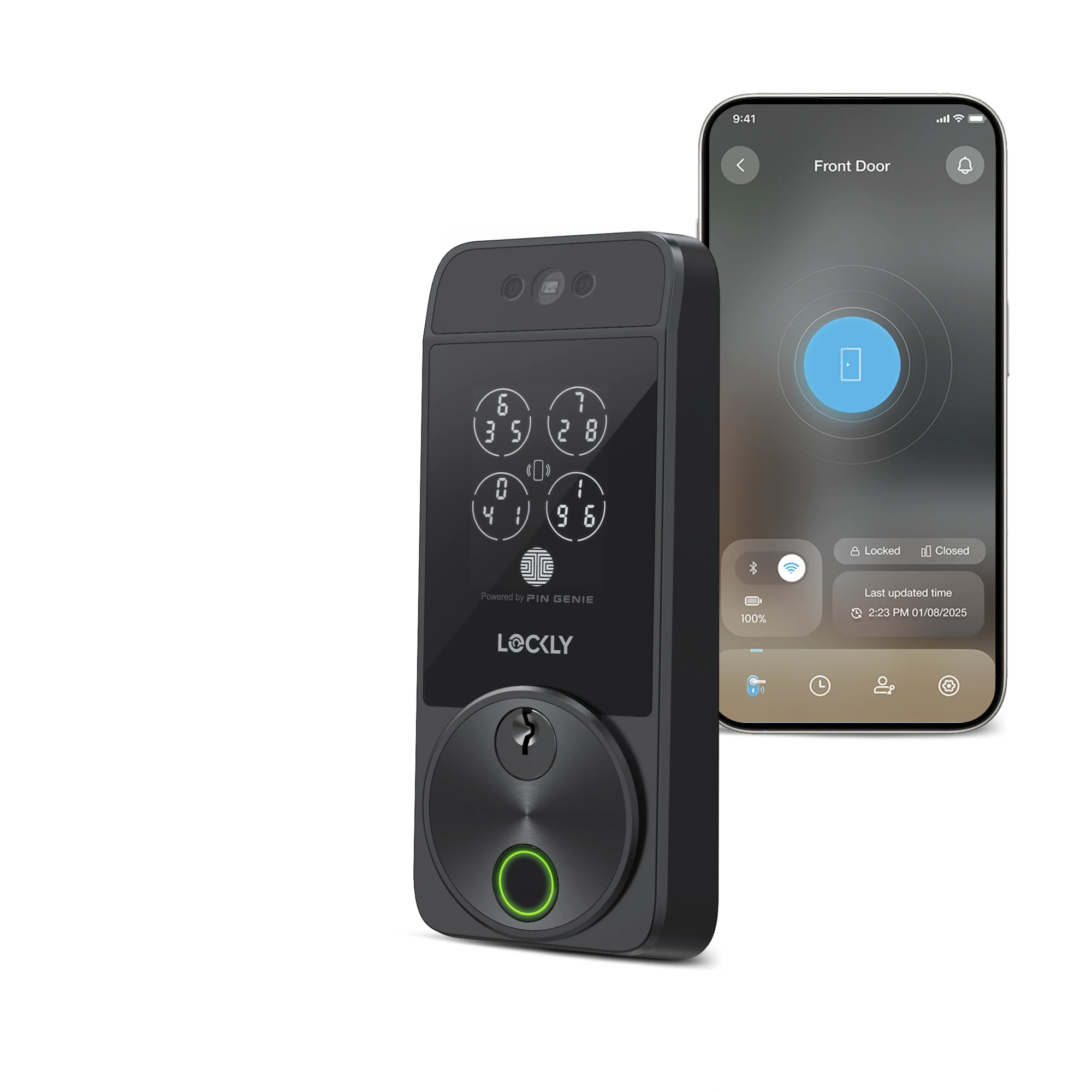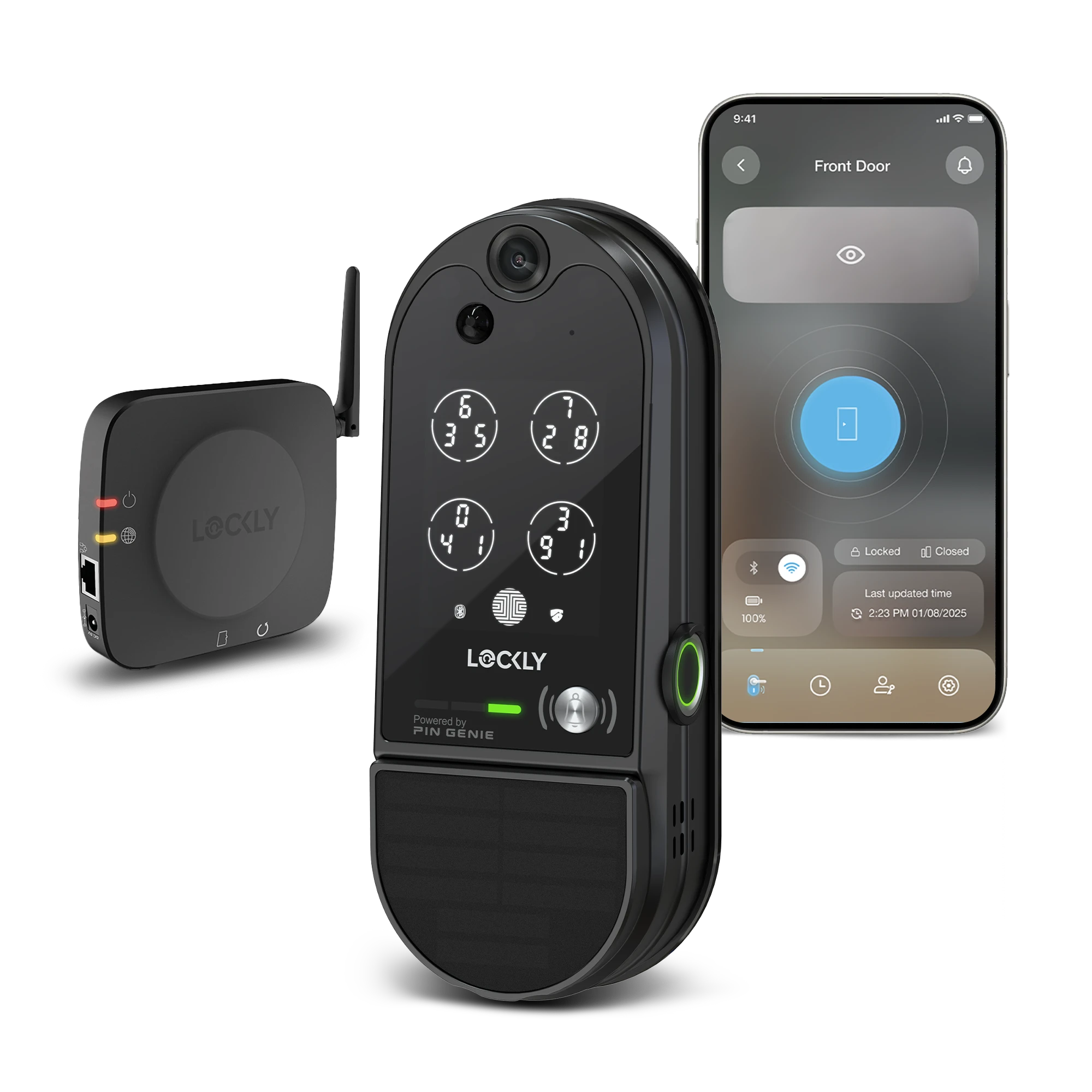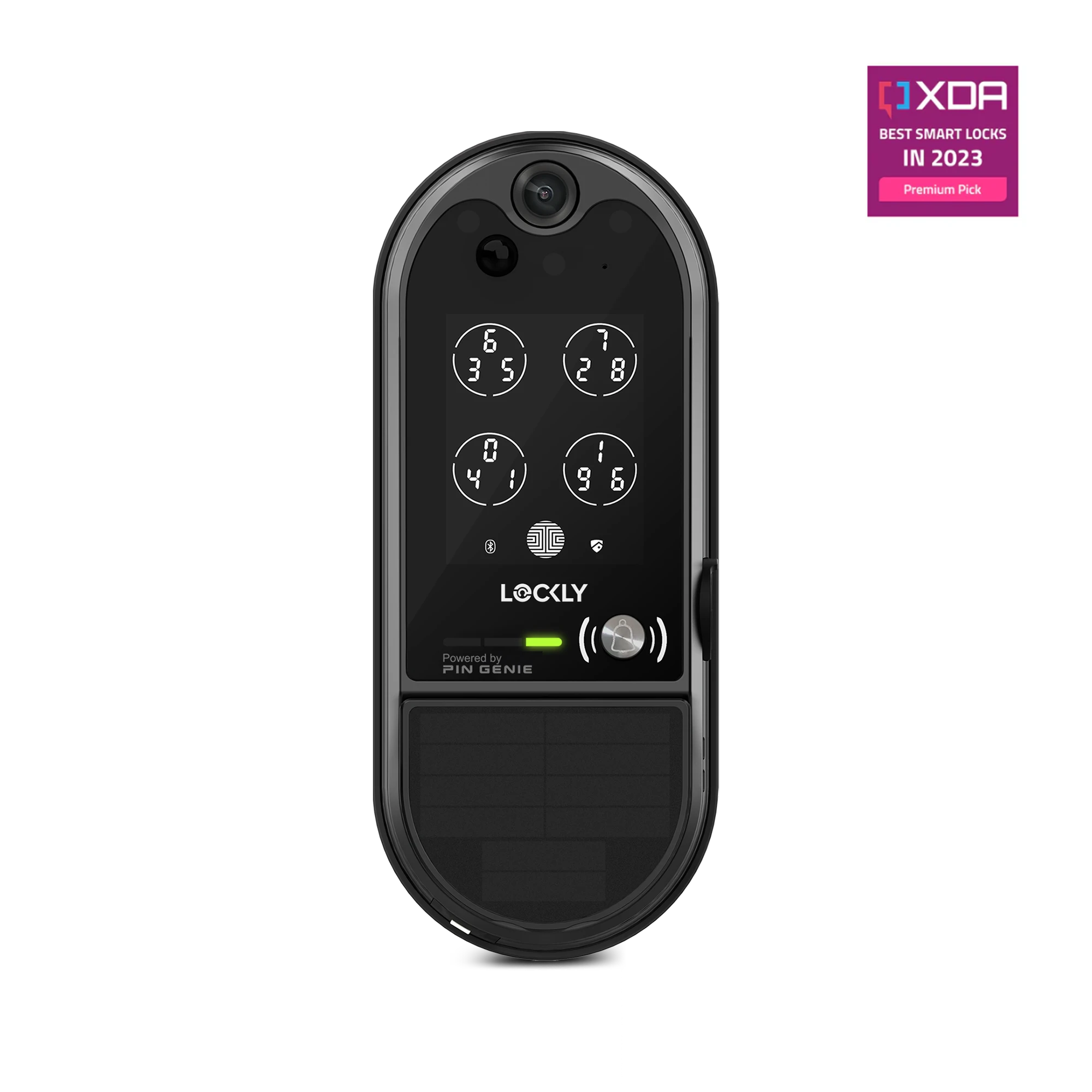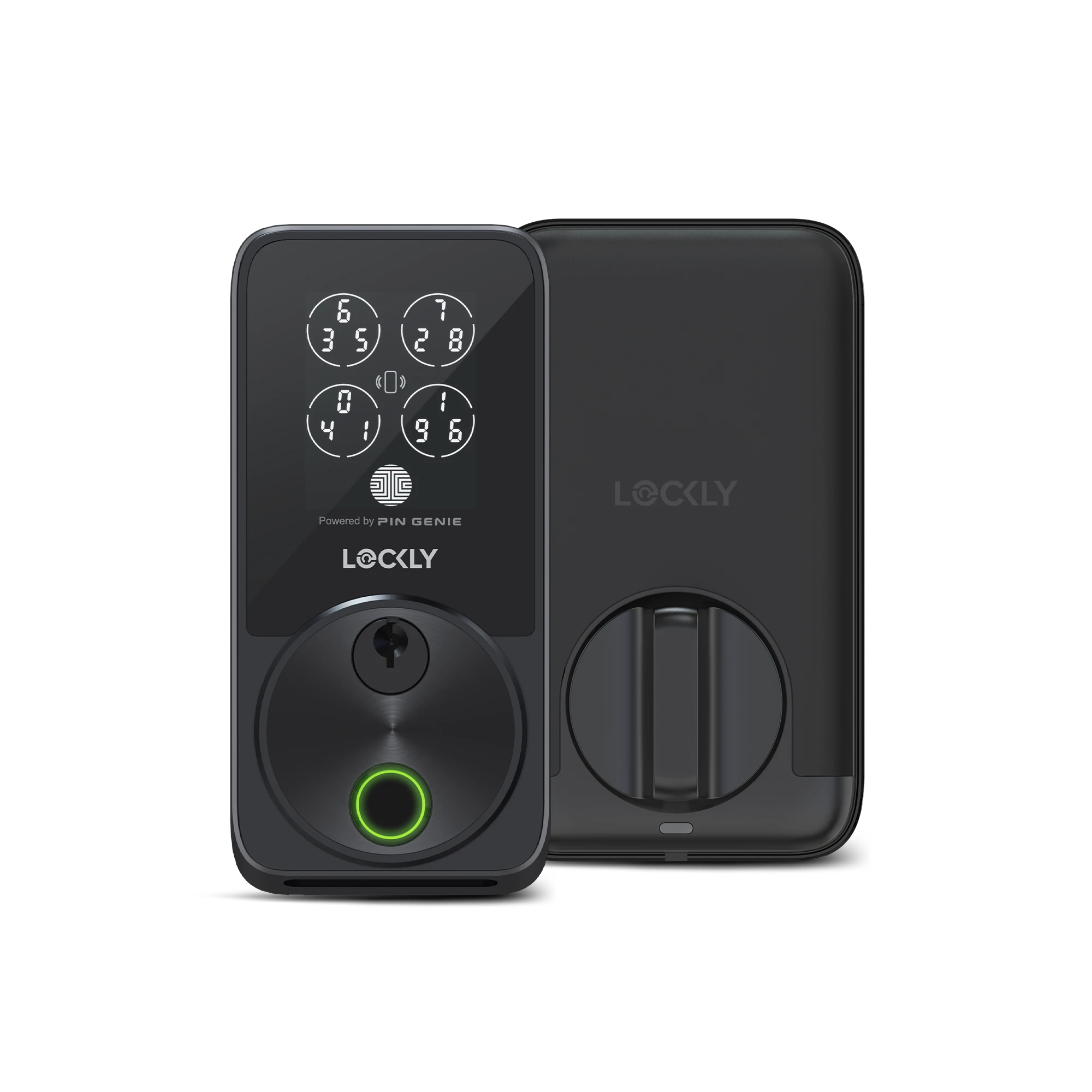These six changes in particular can reduce your bills, improve your home safety and make the surrounding environment look a lot better.
6 Home Improvement Ideas for Long-Term Comfort and Security
Remember that remodeling and renovation aren't always visually evident. The effects of some of these changes won't make themselves known until you receive your next water bill, for example, or when you spill something and attempt to clean it up. That's when the fun begins as you realize your changes are paying off and will make the next several years a lot more relaxed. And, you can actually make some of these changes yourself, which helps the effects show up more quickly.
1. Swap out Old Faucet Aerators
If your house is relatively new, built in the last few years, then this is a change you might not need to make. If you're in an older home, however, this is a good one. Change the faucet aerators in the bathroom and kitchen sinks. Current federal maximum flow rates, which are controlled by the little aerator parts at the openings of the faucets, are 2.2 gallons per minute, or GPM. The Environmental Protection Agency (EPA) has a water-saving program called WaterSense that is used to label parts that conserve even more water. A typical WaterSense aerator has a flow rate of 1.5 GPM.
Some states also have standards that are stricter than the general federal standard; for example, California requires bathroom faucets to have a flow rate of no more than 1.2 GPM, and Colorado requires 1.5 GPM for bathroom faucets. Changing your old faucet aerators and adding new ones can save a substantial amount of water and money as your water bills drop.
2. Add Circuits to Your Home's Wiring System
While many appliances and gadgets use less electricity now compared to what similar appliances would have used years ago, there's no question that people are using more electronic and electrical items now. And some appliances have actually increased the amount of power they require, such as hair dryers, which can use upward of 1875 watts now. That can all lead to tripped circuit breakers.
Adding circuits can help spread out the usage and prepare your home for even more electrical use as cities and states move toward electrification. A vacuum being run in the living room doesn't have to clash with a microwave being run in the kitchen if they're on separate circuits. Sometimes the panel boxes are very old themselves and could do with being replaced; in that case, have enough circuits and power added to cover much more than what you use now.
3. Swap Old Wall-to-Wall With a Thicker Pad and Stain-Resistant Carpet
You may not have realized that the carpet in your home has gotten rougher and thinner over the years, with the pad compacting down. Replace that carpeting and padding with a thicker pad that is mildew-resistant and that acts as a moisture barrier, and a carpet that is stain-resistant. Your feet and knees will thank you.
4. Replace Single-Pane Windows
If anything is going to save you money, this is it. If your home is older and has single-pane aluminum windows, change them all and get dual-pane windows. Your home will feel cooler on warm days and warmer on cool days, and you'll find that noise from outside the house is much softer. Dual-pane windows are standard now in new construction, but many, many older homes still have single-pane windows. There's no reason to keep the single panes at all.
5. Add Layers to Window Coverings
Merely replacing those windows will do a lot to save money and increase how comfortable your home is. For added flexibility, though, change the window coverings, too. You can still have blinds if you want, but add a sheer liner and room-darkening curtains on top of those. The sheer liner lets you fully open the curtains and raise the blinds for maximum natural light without sacrificing privacy. The room-darkening curtains block out the light that seeps in around the blinds from fixtures like streetlights. You can use blackout curtains instead, if you really want to prevent light from getting in or if you have to sleep during the day. The curtains will also add visual interest.
6. Upgrade Front Door and Entrance
Finally, change out your front door's hardware. Take that old deadbolt out and add a new smart lock that uses a touchscreen keypad and/or biometric sensor instead of a key. Some smart lock models include everything, a touchscreen, a fingerprint sensor and a keyhole, in case you have someone in your household who prefers to use a key.
While you can find electronic locks that remove the need for a key, a smart lock lets you do so much more. You get remote access through smartphone apps, you can issue temporary codes to guests, and you can even see who is at the door if the smart lock contains a video doorbell, such as the one that Lockly's Vision Elite contains. Video doorbell smart locks with audio let you find out who is at your door even if you are in another part of the house. When you contact Lockly about available models, you can find out more about how video doorbell smart locks work and what model would be right for your home. You can easily handle the installation yourself with common tools you likely already have at home.
Upgraded Security With Lockly
Lockly's smart locks have features such as PIN Genie, which moves the keypad numbers around randomly to prevent onlookers from guessing your PIN. Some of Lockly's smart locks have a fingerprint sensor, too, which eliminates the need for a code at all. For increased home security all around, place smart locks on all your home's exterior doors. Lockly's Air Transfer feature lets you program each lock with the same fingerprints all at once.
Sources
EPA - Bathroom Faucets
Appliance Standards Awareness Project - Faucets
RV and Playa - How Many Amps Does a Hair Dryer Use?
Angi - 9 Signs You Should Upgrade Your Electrical Panel
This Old House - All About Electrical Systems
Yale E360 - Cities Confront Climate Challenge: How to Move From Gas to Electricity?
Lockly - Are Smart Locks Easy to Install?
Lockly - How Does Door Access Control Work With Smart Locks?

